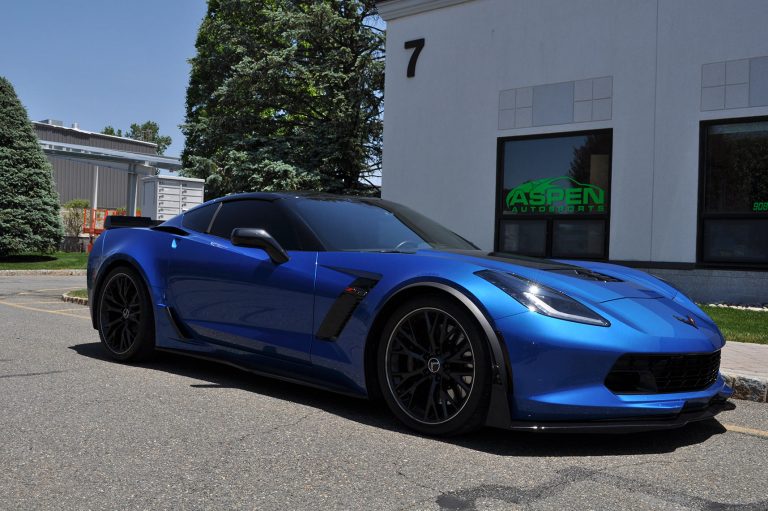Keep Your Track Car Build Going All Winter Long
Don’t tuck your track car away for the snowy months just yet. You shouldn’t have to stop working on your car because winter hits. In fact, the winter season is the perfect time for building a track car and preparing it for the next season of racing. Here are our top recommendations to keep your track car build going.
Review Last Season
An excellent place to start is by reviewing your last couple of track sessions. Where did your car fall short? If there are any weaknesses in your build, now is the time to address them. You could always start with more power, but sometimes the fine details, such as suspension, brakes, spring kits, and seating, can help improve your overall performance on the track.
Consider Your Budget
Plan your budget accordingly for the work you’ll be doing in the off-season. Give your performance center a call to discuss your goals and create a plan of action. This will help you achieve maximum performance in your upcoming season.
Complete an Inspection of Your Car
After the season ends, it’s a good idea to thoroughly inspect your car—especially the suspension, brake system, engine, and transmission. An obvious example is to always have a new brake system, including pads and rotors. It’s also smart to check your brake fluid. A high boiling point brake fluid can significantly improve pedal feel and overall performance. By practicing preventative maintenance during the winter, you can help to avoid future mechanical failures on the track.
Invest in Paint Protection
Paint protection is extremely beneficial during and after the racing season. You’ll be able to preserve your car’s original paint or expensive wrap and protect it from rock chips on the track. Ceramic coatings are excellent for longevity, as they last between two and four years. However, a clear paint protection film may be the way to go as it can be applied to the entire car or only higher-risk areas.
Swap Out Worn Tires
Swapping out old racing tires for new ones will ensure your car is ready for the next season. However, if your tires don’t need to be replaced, you should still take several winter storage precautions. After an extended period of sitting, flat spotting may occur. To avoid this condition, put your car on a jack stand so the tires are free-floating. If you’d rather take them off and store your racing tires, keep them out of the sun and in a climate-controlled place. Below freezing temperatures can reduce the integrity of racing tires.
Install an In-Car Data System
An in-car data system is the perfect winter installation to improve performance next season. It will log your lap time calculation and track position from start to finish. You’ll get real-time performance stats and be able to review them after a race. Data may include shift points, brake pressure, steering angle, throttle input, fuel flow, intake air temperature, and more. To get more out of this data, work with a performance shop. They will be able to analyze in-car data and offer trackside coaching.
Level Up with Training
With so many do-it-yourselfers in the car community, it’s easy to forget the value of learning from others. Experience plays a crucial role in track driving, and knowledge from professional training is unmatched. While this isn’t for your build per se, it is something you can do during the winter to increase your performance next track season. An in-house simulator is a way to train yourself during the off-season to stay sharp and improve your skills.
Find a Trustworthy Shop to Work With
Building a custom track car doesn’t need to happen by your own hands. The off-season is an excellent time to find a professional, trustworthy shop to assist with your car. The best kind of shop is one that does it all, like Total Performance Center. From a custom build on a Porsche 911 GT3 to mechanical work on a BMW M3 and everything in between, Total Performance Center has the experience and expertise to work on all performance vehicles.

